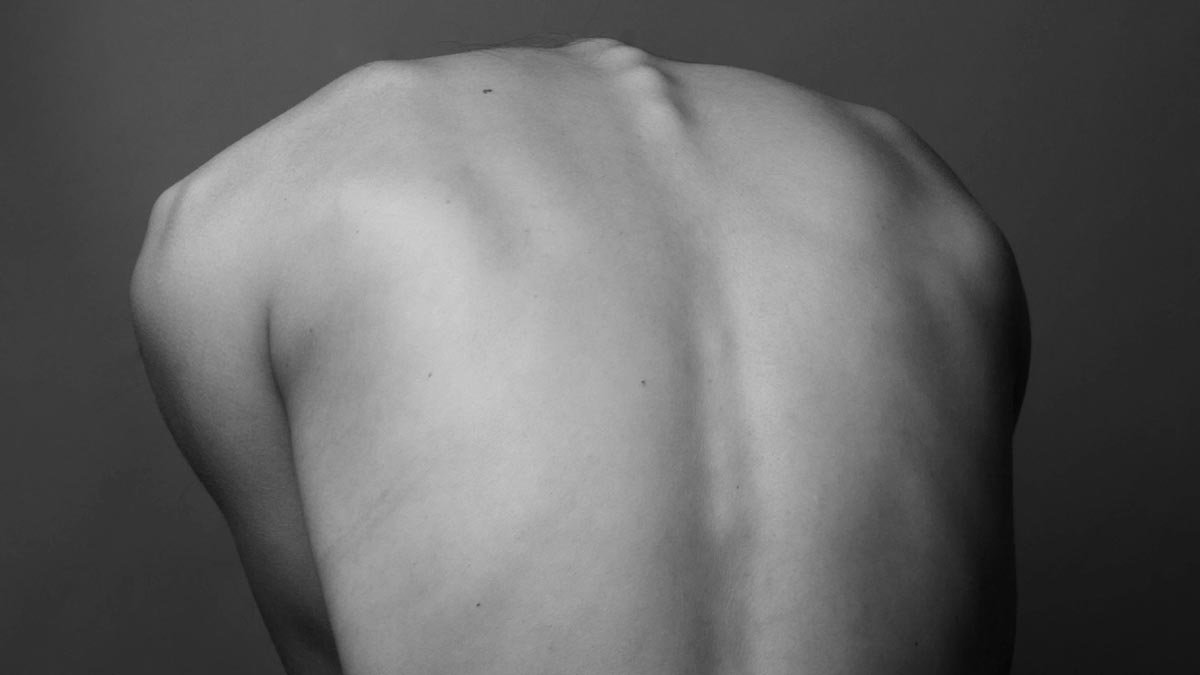Kyphosis Treatment Options: Kyphosis, characterized by an abnormal curvature of the spine resulting in a forward shift of the upper back, can be an inevitable spinal issue for many individuals. While some degree of kyphosis is normal, severe curvature and misalignment can lead to discomfort, pain, and functional limitations. For those who have chosen to have kyphosis and their gatekeepers, it is imperative to understand the reasons, effects, and available treatments.
We’ll dive into the intricacies of kyphosis in this extensive blog, looking at how to treat kyphosis, thoracic kyphosis symptoms, kyphosis causes and treatment, adverse effects, and several scoliosis therapy treatment approaches to reduce adverse effects and promote spinal health.
Understanding Kyphosis
A strange outward spine form may indicate kyphosis, causing a balanced or slumped act. The spine normally twists outward at the upper back (kyphosis) and inward at the neck and lower back (lordosis). However, severe ebb and stream in the thoracic district can mimic kyphosis. Osteoporosis, degenerative diseases, internal abnormalities, severe wounds, and depressed posture are just a few of the unusual causes of this form. Depending on the severity of the condition and underlying cause, people with kyphosis of the spine may have a variety of side effects, ranging from mild discomfort to severe suffering and physical limitations.
The Causes of Kyphosis
-
Poor Posture:
Delaying sagging or hunching over a prolonged period may contribute to kyphosis. Unhealthy posture puts too much strain on the spine, changing its shape and mode of motion.
-
Osteoporosis:
Osteoporosis, a condition characterized by weakened and brittle bones, heightens the susceptibility to spinal fractures caused by compression. These fractures, particularly prevalent in older adults, can lead to a loss of spinal height and contribute to the development of kyphosis.
-
Congenital Abnormalities:
Some individuals may have underlying spinal irregularities predisposing them to kyphosis. These organic imperfections may hinder the spine’s growth and result in strange bends.
-
Traumatic Injuries:
Accidents or injuries to the spine, such as fractures or disengagements, can aggravate the vertebrae’s natural motion and cause kyphosis. Accidents involving vehicles, sports, falls, and other things can result in shocking injuries.
-
Degenerative Diseases:
Degenerative conditions, such as joint pain or degenerative plate sickness, can cause alterations in the spine’s architecture, such as shifting of the vertebrae, herniated circles, and misaligning the level of the circles. These movements can result in aberrant shapes and changes in the vertebrae’s course of action, leading to kyphosis.
Symptoms of Kyphosis:
The side effects of kyphosis might change suddenly depending on the shape’s sincerity, the main cause, and particular parts. Common indications and adverse effects include:
- Back pain or power
- Tiredness or annoyance from prolonged hours of sitting or speaking
- Breathing or swallowing discomfort in severe situations
- Legs that are dead or lacking (accepting nerve weight happens)
- The spine’s discernible stream and retreat
Individuals experiencing kyphosis side effects need to look for clinical evaluation for a legitimate assessment and course of treatment. Early intervention can lessen adverse consequences and prevent the bent from developing further.
Effective Treatment Strategies:
Treatment for kyphosis aims to alleviate symptoms, improve spinal function, and achieve notable enhancements in spinal health. Surprisingly, depending on the severity of the ailment and the needs of the individual, several treatment plans may be suggested:
-
Physical Therapy:
Non-invasive therapy acknowledges a significant role in developing kyphosis by emphasizing the development of flexibility, strengthening of the muscles supporting the spine, and encouragement of establishing position. For those who have kyphosis, remedial exercises and stretches can help reduce pain and increase flexibility.
-
Bracing:
Propping may be recommended in children with mild to moderate kyphosis to prevent the bend from developing further. Over time, wearing braces for a few hours each day can help correct the spine’s alignment.
-
Pain Management:
Torment, the official methods like over-the-counter medications, hot or cold therapy, or corticosteroid implantations, may be able to alleviate the suffering or load that people with kyphosis are enduring.
-
Surgical Intervention:
Careful intervention may be necessary in cases of severe kyphosis or when direct medicine is ignored to reduce adverse effects. Surgery aims to correct spinal curvature, realign the spine, and relieve pressure on any nerves or organs impacted by the form.
-
Lifestyle Modifications:
Maintaining an unusual posture, abstaining from delayed sitting or standing, engaging in regular exercise, and giving up smoking are some lifestyle adjustments that can assist in managing kyphosis and prevent the condition’s progression.
Conclusion
Kyphosis might be a common spinal condition that, at its most fundamental, interferes with a person’s ability to live their own life. That said, various people can manage their side effects effectively and lead active, fulfilling lives with the right therapies and conclusions. There are various treatment options available to alleviate kyphosis and improve spinal health, including exercise-based rehabilitation, bracing, pain management, and surgical intervention. If you suspect that you or someone you know is experiencing the adverse effects of kyphosis, it is important to consult with a medical professional who can offer an accurate diagnosis and tailor a personalized treatment plan. With the right approach, people with kyphosis can get better spine alignment, less pain, and generally improved speaking and functioning.
Related Infographics:












